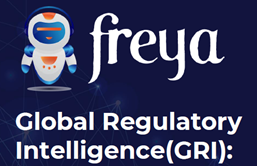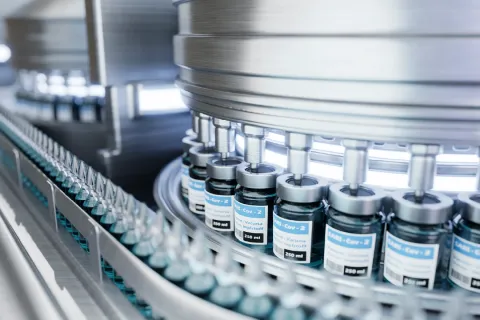
Artwork encompasses all visual elements associated with a product's packaging and labeling, including design, layout, text, and images. Ensuring this artwork complies with regulatory standards across diverse markets is a formidable challenge. This is where Artwork Regulatory Intelligence (ARI) becomes indispensable. It serves as a strategic tool to navigate the intricate regulatory landscape and ensure that product artwork aligns with both compliance and market expectations.
Understanding Artwork Regulatory Intelligence
Regulatory Intelligence for labeling artworks involves the systematic collection, analysis, and application of information related to the regulatory requirements governing product artwork in various jurisdictions. This encompasses understanding guidelines on labeling, packaging artworks, language requirements, and cultural sensitivities specific to each market. By leveraging Regulatory Intelligence, companies can design artwork that not only meets regulatory standards but also resonates with the target audience, thereby enhancing product acceptance and trust. This information also helps the Regulatory Labeling team to do a proper artwork regulatory review for submission, as well as commercial artwork.
The Integral Role of Regulatory Intelligence in Artwork Lifecycle Management
- Accelerated Market Entry: By proactively understanding and integrating country-specific artwork requirements, companies can expedite the approval process, facilitating quicker access to markets. This preemptive approach minimizes the likelihood of regulatory rejections due to artwork non-compliance.
- Risk Mitigation: Non-compliance with artwork regulations can lead to product recalls, legal penalties, and reputational damage. Regulatory Intelligence enables companies to identify and address potential compliance issues early in the design process, thereby mitigating risks associated with regulatory compliance.
- Cost Efficiency: Implementing changes to artwork post-production due to non-compliance can be costly and time-consuming. Regulatory Intelligence can help in getting the artwork right the first time, reducing the need for costly revisions and associated delays.
Implementing an Effective Regulatory Intelligence Strategy for Labeling Artwork
To harness the full potential of Regulatory Intelligence, companies should consider the following strategic approaches:
- AI Technologies – Companies should invest in AI-driven solutions that offer real-time updates on artwork requirements from relevant health authorities. As pharmaceutical companies expand their portfolios across multiple regions, these advanced tools and regulatory databases provide valuable support in navigating diverse artwork compliance needs.
- Regulatory Intelligence Teams: Establish specialized teams focused on monitoring and interpreting artwork-related regulations across different markets. These teams act as the nexus between regulatory affairs, medical affairs, marketing, and design departments, ensuring cohesive and compliant artwork development.
- Cross-Functional Collaboration: Foster collaboration between regulatory affairs, marketing, supply chain, medical affairs, packaging, and design teams to ensure that all aspects of artwork—from compliance to aesthetic appeal—are meticulously addressed. This holistic approach ensures that the artwork is not only compliant but also market-ready and appealing.
- Continuous Training and Development: Invest in regular training programs to keep teams updated on the latest regulatory changes and industry best practices. This continuous learning culture ensures that the organization remains agile and responsive to regulatory dynamics.
Freyr Technology

In today’s fast-evolving regulatory landscape, gaining timely, accurate, and market-specific insights is essential for developing compliant and impactful artwork. Solutions like Freya Fusion, Freyr’s AI-powered Regulatory Intelligence ecosystem, empower labeling and artwork teams with real-time access to over 85,000 verified regulations across 180+ markets.
Take the United Arab Emirates, for example: artwork and labeling must strictly adhere to the Ministry of Health and Prevention's requirements, including dual-language labeling (English and Arabic), tamper-proof packaging, child-resistant caps, identification codes for tablets, and detailed promotional content aligned with approved product information.
With Freya Fusion, such complex regional nuances are automatically flagged through AI-driven alerts, intelligent document analysis, and a centralized repository of global regulatory data. This ensures teams can proactively design and validate artwork that’s not only compliant but also tailored to local market expectations—minimizing rework, accelerating approvals, and safeguarding brand reputation.
Conclusion
Regulatory Intelligence is a critical component in the lifecycle of medicinal products, ensuring that packaging operations and artwork not only comply with complex regulatory frameworks but also meet market and cultural expectations. By integrating Regulatory Intelligence into their operations, pharmaceutical companies can achieve compliance, enhance brand reputation, and secure a competitive advantage in the global marketplace.









